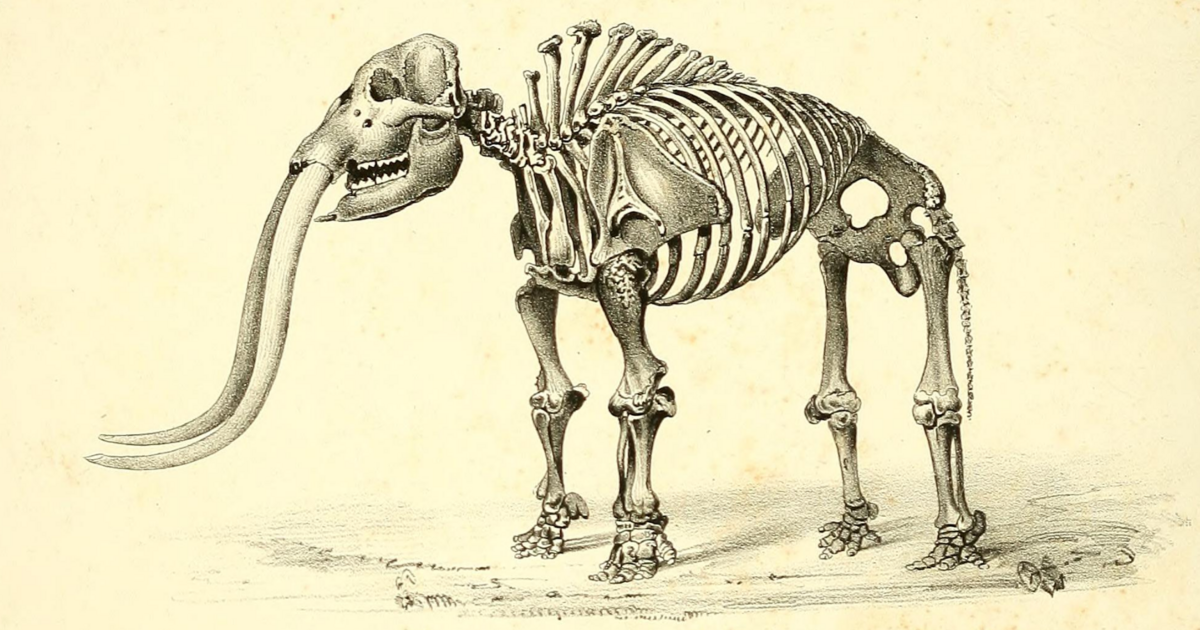#Lavender has #analgesic, #antifungal, and #antiseptic qualities. This means that in addition to preventing #mosquito bites, it can calm and soothe the skin.
#Thyme oil is one of the best at repelling malarial mosquitoes. You may also want to throw thyme leaves into a #campfire. Research shows that burning thyme leaves offers 85 percent protection for 60 to 90 minutes.
#malaria #DEET #MosquitoRepellent #InsectRepellent #EssentialOils

